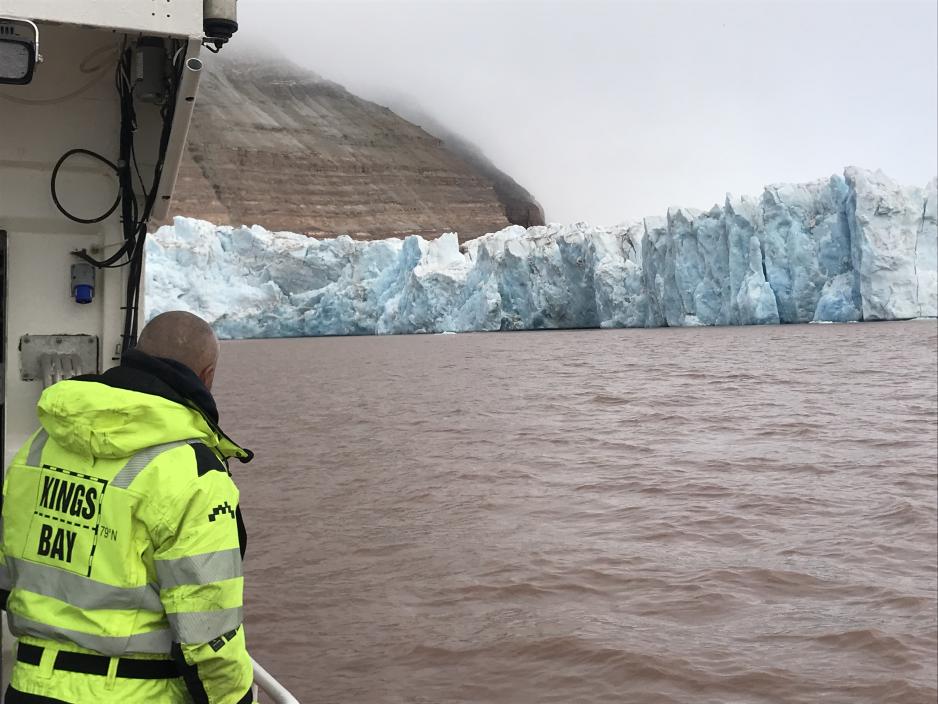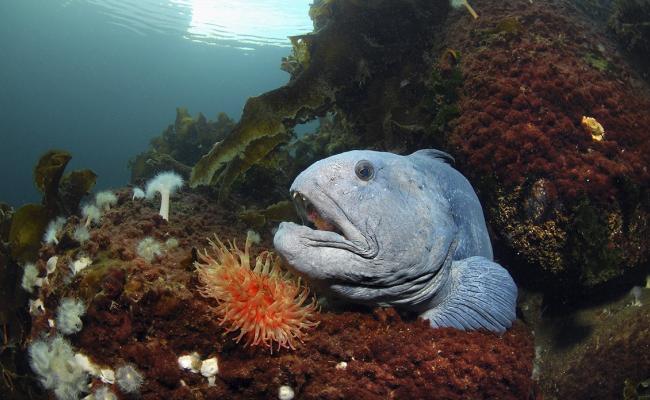Svalbard Fjord Absorbs More Greenhouse Gases Than It Emits

At the front of Kronebreen in Kongsfjorden near Ny-Ålesund in Svalbard. (Photo: Fjordic Freshwater Fluxes)
A new study shows that the Kongsfjord in Svalbard absorbs more greenhouse gases and nutrients than it emits. Researchers believe the Arctic fjord can provide important answers to how nature itself contributes to stall climate change.
Arctic fjords are highly affected by climate change. Increased temperatures, the influx of warm Atlantic water (also called 'Atlantification'), melting sea ice and glaciers, tourism, and pollution affect the functioning and processes of the ecosystem.
A new study published in Scientific Reports has now used the Svalbard Kongsfjord as a case to explore how the fjord absorbs and emits greenhouse gases and nutrients and thus conducts important climate work.
The Kongsfjord is particularly interesting to researchers because it is a meeting point for Arctic, Atlantic, and fresh glacial water. In the past twenty years, the fjord has become two degrees warmer, and the ecosystem both above and under the surface is undergoing major changes.
Researchers from the Norwegian Polar Institute and others have measured the nitrogen budget in the fjord, i.e., how much carbon and nitrogen are absorbed and emitted. They wanted to find out whether the fjord functions as a source or a sink for nitrogen, phosphorus, silicate, and carbon.
Good news
The researchers have studied 10 years of surveillance data in addition to existing monitoring information from MOSJ (Environmental Monitoring of Svalbard and Jan Mayen).

Pedro Duarte, researcher at the Norwegian Polar Institute. (Photo: Elin Vinje Jenssen / the Norwegian Polar Institute)
"The method we used is both simple and cost-effective, and it can be used to monitor other fjords – both in Svalbard and elsewhere in the world," says researcher Pedro Duarte at the Norwegian Polar Institute, who is the lead author of the study.
He and the rest of the team have now found that Kongsfjorden absorbs more greenhouse gases and nutrients than it emits.
"Kongsfjorden absorbs more carbon and nitrogen than it emits. If this pattern also applies to other fjords, it is good news for both the climate and ecosystems," says Duarte.
Pedro Duarte believes that Kongsfjorden functions as a living laboratory for understanding how climate change affects both the ocean, ecosystems, and the planet's ability to store greenhouse gases.
"Our research shows that nature still has mechanisms that help the climate, but it is up to us to preserve them."



